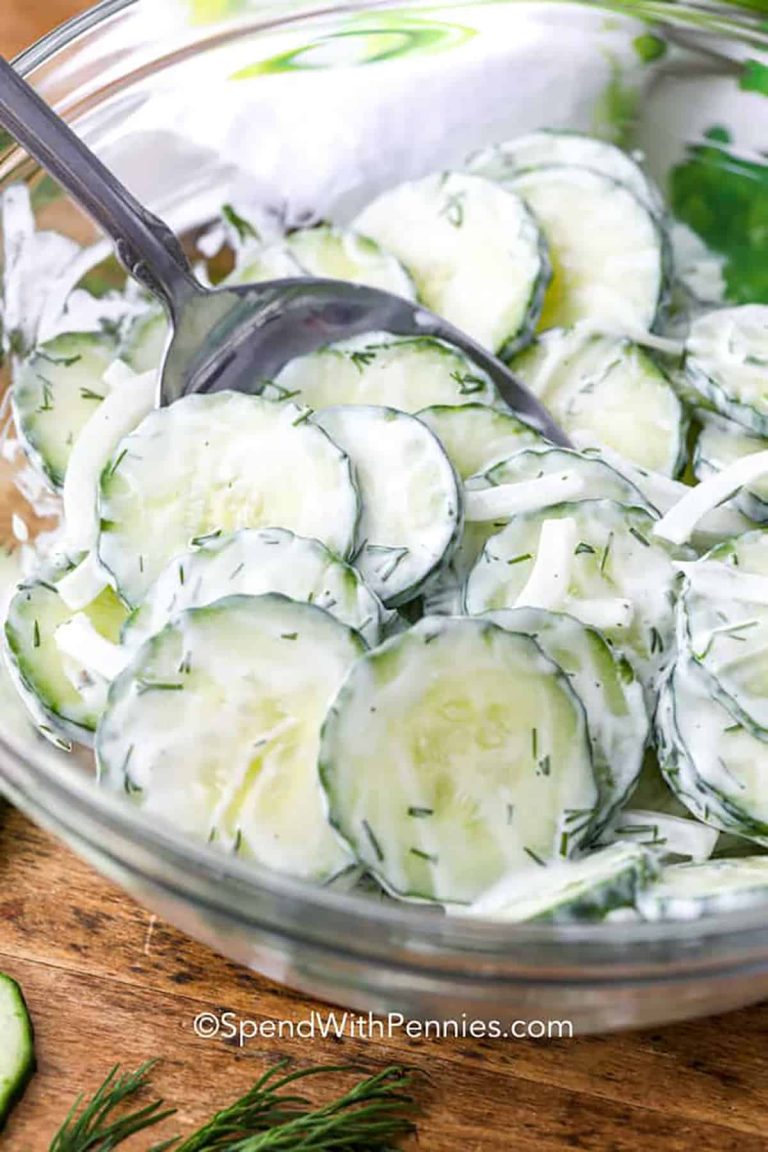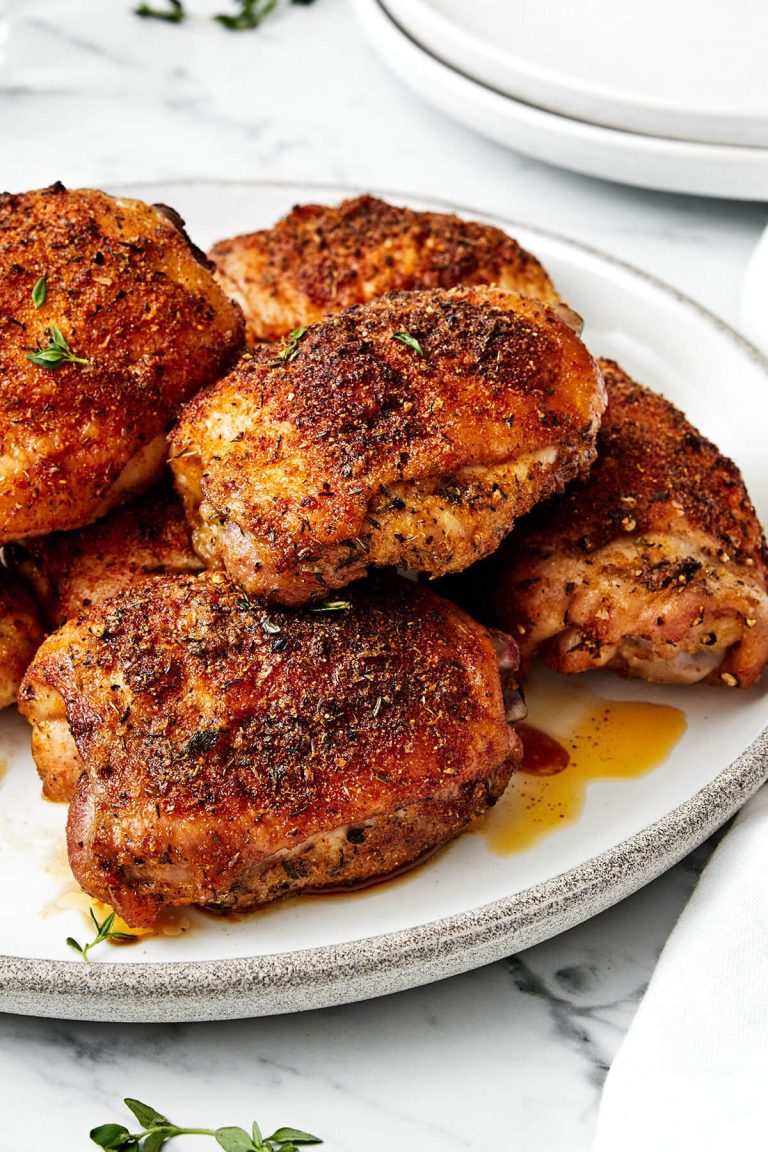Paneer: Easy Recipe, Tips & Creative Dishes for Superior Flavor
Paneer is a fresh, soft cheese commonly used in South Asian cuisine. Made by curdling milk with an acidic agent, like lemon juice or vinegar, paneer is integral to dishes such as Paneer Tikka, Palak Paneer, and Shahi Paneer. Hailing from the Indian subcontinent, this cheese has gained international popularity due to its subtle flavor and versatility. Unlike aged cheeses, paneer doesn’t melt when heated, making it ideal for frying, grilling, and curries.
Nutritional Benefits of Paneer
Paneer is rich in protein and a valuable source of essential amino acids. A 100-gram serving of paneer provides approximately 18 grams of protein. It’s also high in calcium, supporting bone health. Paneer contains healthy fats that provide energy and maintain cell functions. Additionally, paneer is low in carbohydrates, making it suitable for various dietary plans. Its high magnesium content aids in regulating blood sugar levels, beneficial for those managing diabetes.
Making Homemade Paneer: Basics and Variations
Ingredients Needed for Paneer
Creating the best homemade paneer requires just a few basic ingredients. You’ll need:
- Milk: Use 1 gallon (3.8 liters) of full-fat milk for the creamiest results. Whole milk provides the best texture.
- Acidic Agent: Use 1/4 cup (60 ml) of lemon juice or white vinegar. These agents help in curdling the milk.
- Water: Have 1/4 cup (60 ml) of water ready to dilute the acidic agent.
- Cheesecloth or Muslin: Prepare a clean cheesecloth or muslin cloth for draining the curdled milk.
- Heavy Object: Use a heavy object or weight to press the paneer for a firm texture.
- Boil Milk: Pour the milk into a large pot and heat on medium flame. Stir occasionally to prevent burning. When it reaches a boil, reduce to a low simmer.
- Add Acidic Agent: Combine the lemon juice or vinegar with water. Gradually add this mixture to the hot milk while stirring gently. Continue until the milk curdles and separates into curds and whey.
- Separate Curds and Whey: Line a colander with the cheesecloth or muslin. Carefully pour the curdled milk into the colander, collecting the whey in a bowl beneath. Rinse the curds under cold water to remove the acidic taste.
- Drain Excess Liquid: Gather the cloth edges, twist, and squeeze out excess whey. Form the curds into a flat shape inside the cloth.
- Press Paneer: Place the wrapped curds under a heavy object for 1-2 hours to press out remaining whey and shape the paneer.
- Cut and Store: After pressing, unwrap the paneer and cut into desired shapes. Store in an airtight container and refrigerate for up to a week.
Making variations only requires changes in the ingredients or method:
- Herb Paneer: Add herbs like cilantro or mint to the curds before pressing.
- Spiced Paneer: Mix ground spices like turmeric or cumin into the curds when draining.
- Creamy Paneer: Use 50% whole milk and 50% heavy cream for a richer texture.
These simple steps help you create high-quality, versatile paneer at home, ensuring a superior taste and texture compared to store-bought versions.
Tips for Perfect Paneer Every Time
Choosing the Right Milk
Use fresh, full-fat milk for rich, creamy paneer. This milk has the optimal fat content, ensuring a smooth texture. Avoid using UHT (ultra-high temperature) processed milk, as it may not curdle effectively. Organic or locally sourced milk can enhance the overall flavor. Store-bought raw milk is an option if pasteurized before use. If using packaged milk, check the freshness date to guarantee the best results.
Coagulation Techniques
Employ an acidic agent like lemon juice, vinegar, or yogurt to curdle the milk. For even curdling, add the agent gradually while stirring continuously. The temperature of the milk should be around 176°F (80°C) when adding the acidic ingredient. If curds don’t form, increase the amount of the acidic agent slowly. After curdling, let the mixture rest for 5-10 minutes to ensure the separation of whey. Avoid using excess acidic agents to prevent a sour taste in the paneer.
Creative Recipes Using Homemade Paneer
Classic Paneer Butter Masala
Paneer Butter Masala is a traditional favorite in Indian cuisine. Start by making a rich tomato-based gravy. Combine tomatoes, onions, ginger, and garlic, and cook until soft. Blend this mixture into a smooth puree. Return it to the pan, and add spices like garam masala, turmeric, red chili powder, and a pinch of sugar.
Cook the puree until it thickens, then add heavy cream and butter for a smooth texture. Cut your homemade paneer into cubes and add them to the simmering gravy. Cook for about 10 minutes, ensuring the paneer absorbs the flavors. Serve Paneer Butter Masala with naan or basmati rice.
Innovative Fusion Dishes
Homemade paneer shines in fusion dishes. Paneer Tacos blend Indian and Mexican cuisines. Use soft taco shells, and fill them with paneer cubes sautéed in taco seasoning. Add fresh toppings like diced tomatoes, onions, cilantro, and a squeeze of lime.
Try Paneer Stuffed Bell Peppers for a Mediterranean twist. Hollow out bell peppers, and stuff them with a mixture of crumbled paneer, cooked quinoa, chopped spinach, and feta cheese. Bake until peppers are tender and the filling is heated through.
Experimenting with paneer in diverse recipes can elevate your culinary skills and introduce new flavors to your table.
Conclusion
Making your own paneer at home offers unparalleled quality and flavor that store-bought options just can’t match. By following the right techniques and using fresh ingredients, you can ensure consistent, delicious results every time. Homemade paneer isn’t just for traditional dishes like Paneer Butter Masala; it can also be a star in creative recipes like Paneer Tacos and Paneer Stuffed Bell Peppers. So, roll up your sleeves and start experimenting with homemade paneer to elevate your culinary skills and bring new, exciting flavors to your meals.





